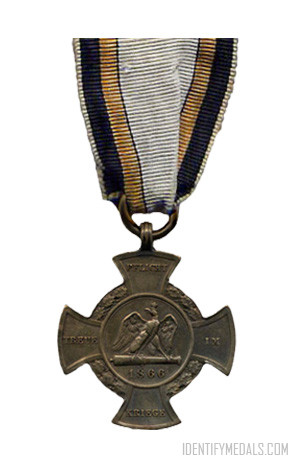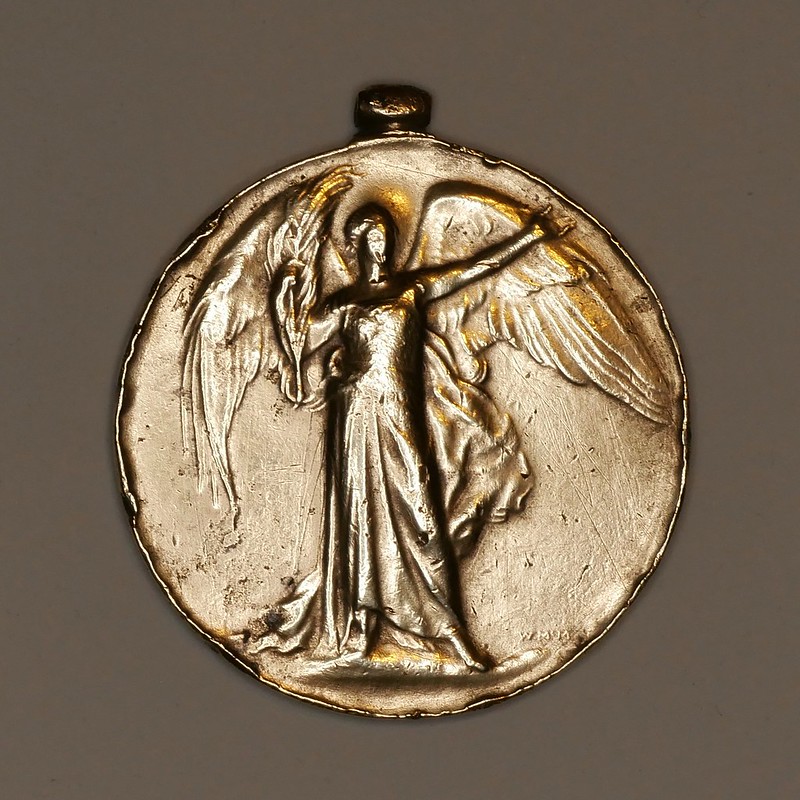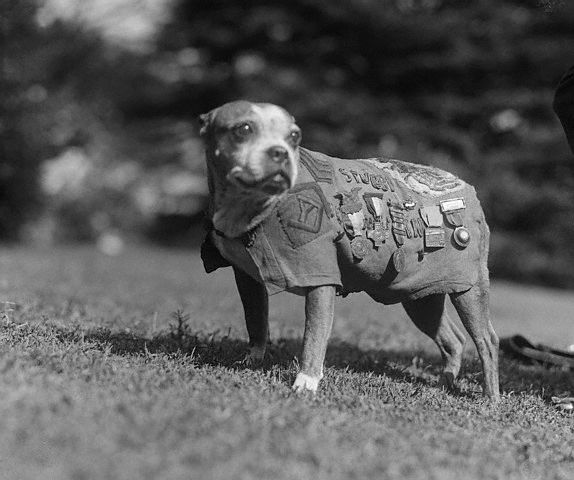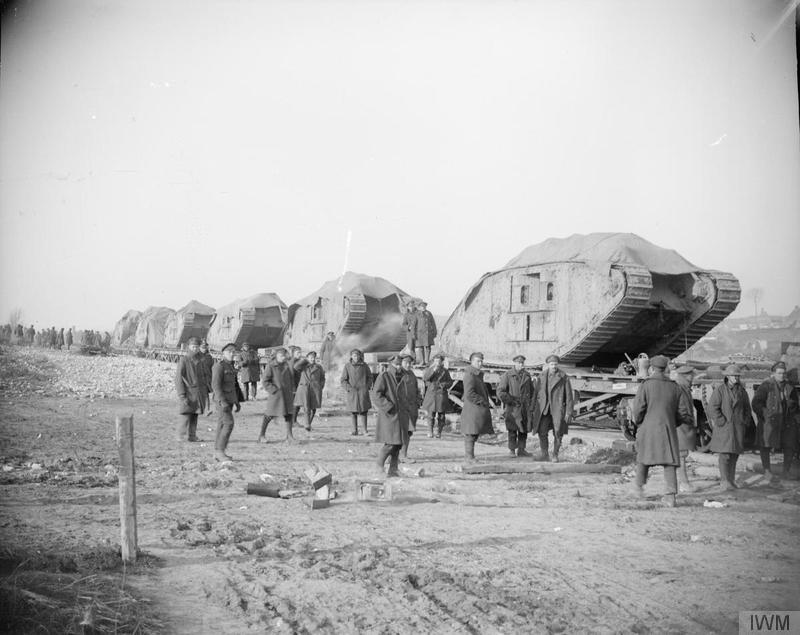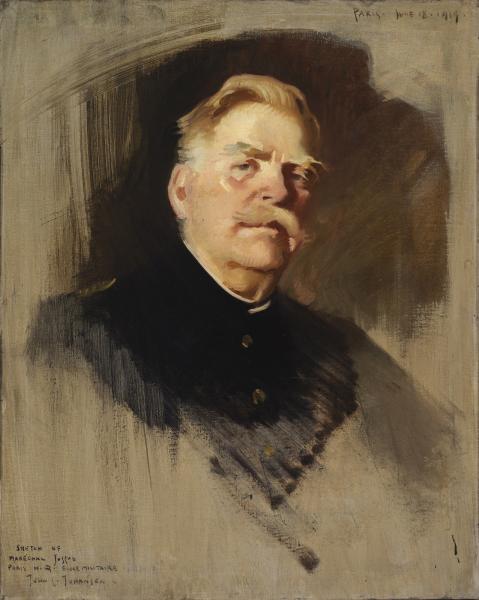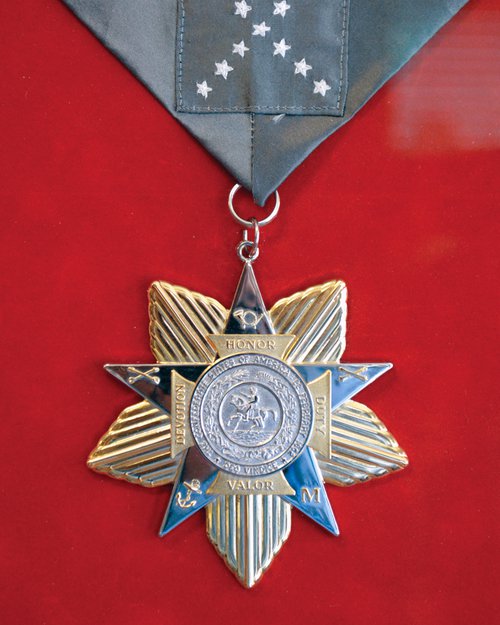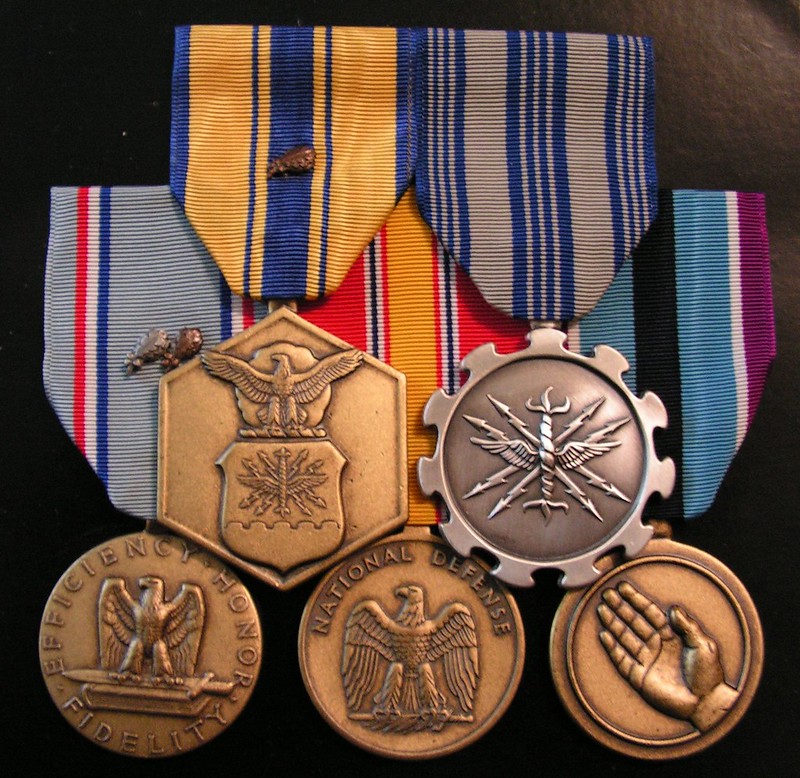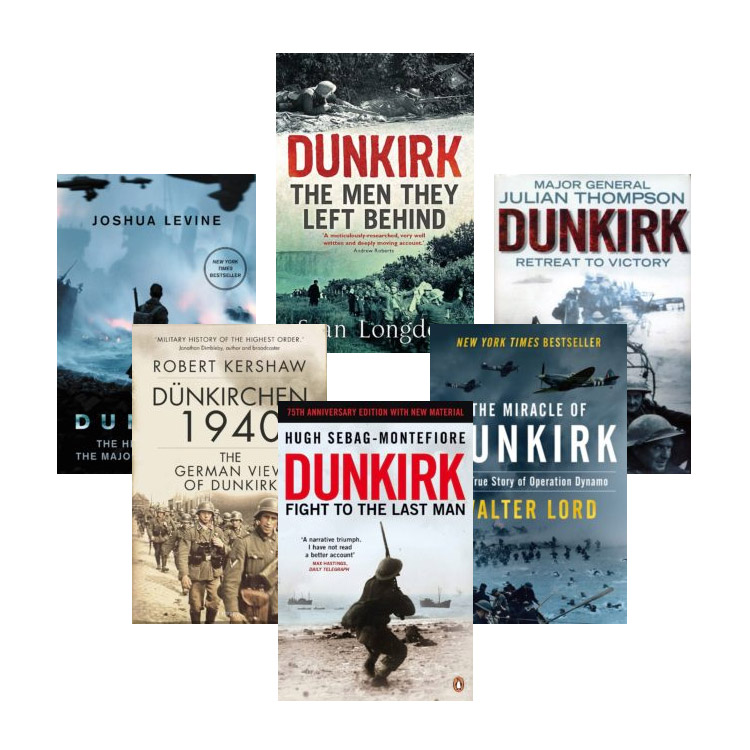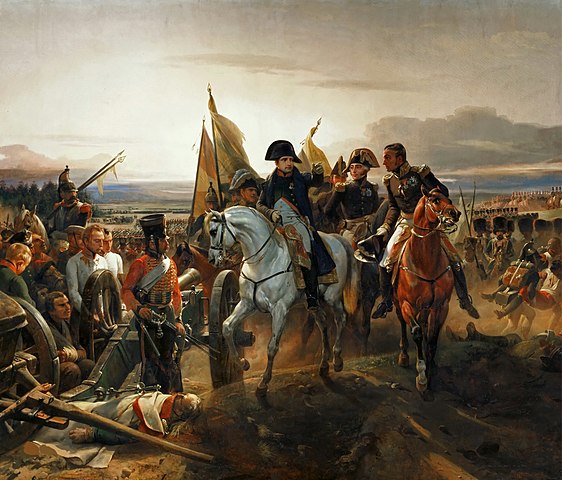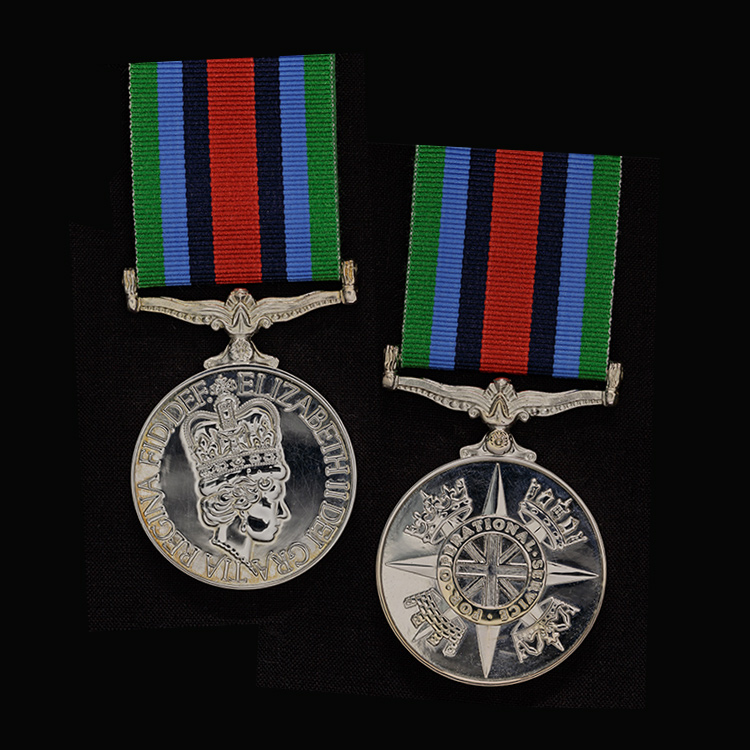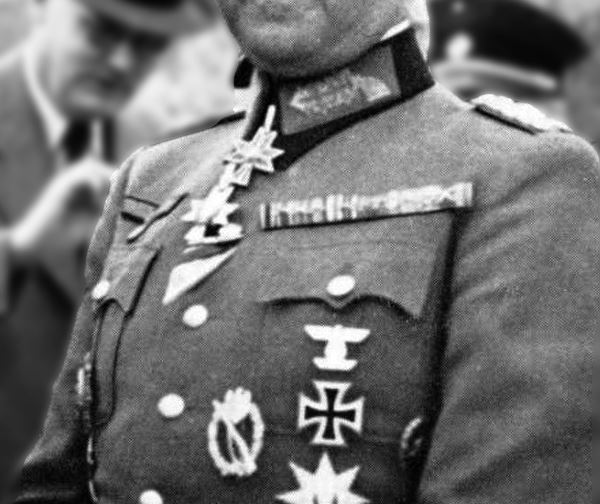It only takes one man and his dream to deeply change the world. Back in the 19th century, Germany was a mass of Duchies and little kingdoms dominated by Austria. But as Napoleon started shaking Europe, Austria began to lose its grip on the German states and the ruins of the Holy Roman Empire. The congress of Vienna tried to rebuild this order, introducing the German Confederacy but the tension between its two major powers, Prussia and Austria, kept raising through the years.
The birth of the Zollverein in 1834, a custom union unifying the northern German states and Prussia, left Austria isolated. The prosperity of this union kept reinforcing the power of Prussia and the members of this Union soon became “vassals” of Prussia. The War of the Duchies, fought in 1864 against Denmark, gave even more power to the Prussian Kingdom and the war between Austria and Prussia became unavoidable. The final fight between these two kingdoms would leave only one winner, a winner would dominate the German states for many years to come.
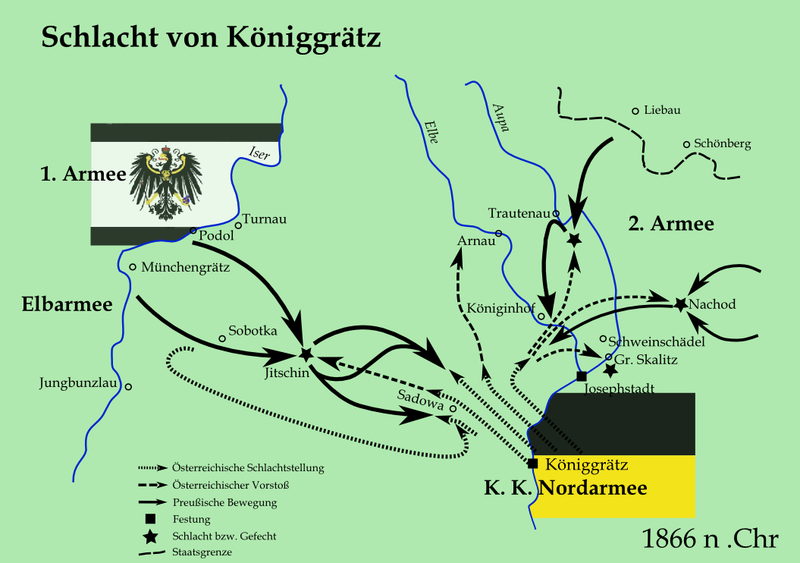
“The Deutscher Krieg”
On the 8th of June 1866, Prussia decided to go on and occupy the Duchies ceded by Denmark to Austria in 1864. Austria thus chose to mobilize its army and war was on its way. Both sides had multiple allies: Prussia had the Kingdom of Piedmont-Sardinia (Later known as Italy) and minor German states such as Bremen, Lübeck and Hamburg. Austria had substantial allies such as the Kingdoms of Bavaria and Saxony. Both sides were of equal size but a long economic crisis was plaguing Austria. The state was heavily indebted, suffering from the Hungarian revolution (1848) and the second Italian war of Independence.
The Prussian economy was in a very good shape and was ready. Its army was the most modern in the World and the reforms they did several years before the war were crucial in boosting the morale and the willpower of its infantry.
As the war was escalating, it became clear that no major power would join the war. Russia still bore a grudge about the Crimean war a few years before and France was confidently thinking that the Austrians would defeat Prussia.
Gitschin, the early days
The first “real” encounter of the war between Austria and Prussia took place in Gitschin on the 29th of June. A few battles had already taken place in Italy as Austria defeated the Italians. But in Gitschin, the course of the battle would be very different: The Austrians and the Saxons would suffer way higher casualties than Prussia and would retreat in a very disorganized manner.
Strategy was very difficult to function, as the officers from different ethnicities would not always listen or trust each others. The Hungarians would often disobey the Austrian High Command, and the same thing would happen several days after that, in Sadowa.
This battle is perhaps one of the most important in the military history. Not only because it would consolidate the position of Prussia as the main power in Germany, but also because it would be a glimpse of the modern tactics that would be later used in the Franco-Prussian War, World War I and many, many more.
Let’s get back to the battle. Gitschin was the first opportunity for Austrians to see the Prussians in front of their cannons and it would prove to be a harsh discovery. But on the 3rd of July 1866, it would be a disastrous lesson. The Austrian Army, strong of around 215,000 men, would face in the morning only 120,000 Prussians, divided into two groups. Hiding behind fortified positions and with artillery support, the Austrians were confident. As they first encountered the enemy, they fired and then decided to retreat behind a river, in good order. The beginning of the Battle was in the advantage of the Austrians.
The Prussians were advancing, but very slowly and even if the river was easy to cross for Infantry, it wouldn’t be the same for the artillery. Austria’s manpower and firepower held the high ground.
At 11:00, the Austrians decided to attack the Prussian Infantry stuck in the woods around Sadowa. Meanwhile, the Hungarian officers decided to attack on their own. A general counter attack would have been decisive: the Prussian frontline may break, and what would happen then?
Unfortunately, the right flank of the Austrian army was now weakened and the Prussian saviors arrived, another army of around 100,000 men. They attacked the flank of the enemy, inflicting high casualties as the Prussian artillery pounded the center of the Austrian army. It was time for a general attack from the Prussians, as the three groups engaged in the battle attacked simultaneously, destroying the Austrian lines. The Austrian Army was broken. Even when the Prussians lost around 9,000 men, the Austrian lost more than 32,000. Retreat was inevitable.
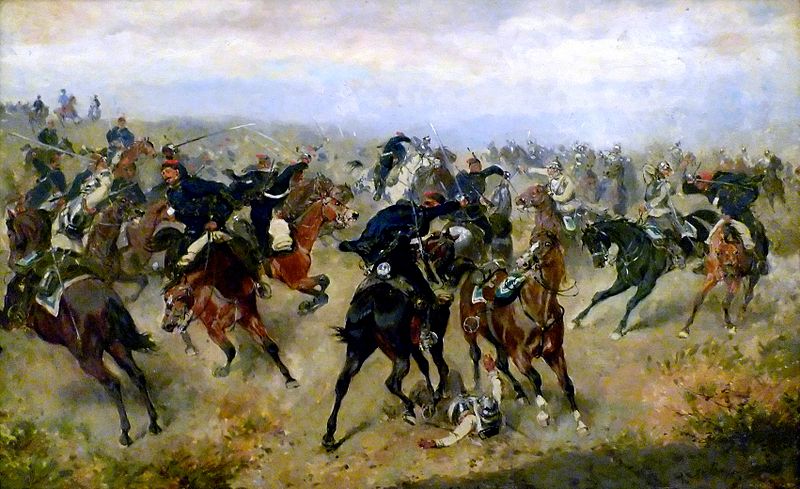
The Austrian Empire is Starting to Shake…
As the Prussians were starting to overrun all the position the Austrians held in the morning, a fierce pursuit engaged between them. The Austrians, retreating as fast they could, would be skirmished until the armistice was signed on the 22nd. The objective of Bismarch was not to chase the Austrians until they reached the Austrian mainland and even maybe Vienna. It would have been possible, since the Prussians were so much stronger than their enemy. The Austrians had no choice but to give up on everything. Besides, a total victory of Prussia over Austria would have warned the neighbors of these two countries and the peace treaty may have not been in favor of the Prussians. They needed to win, but not to destroy their enemy.
And Prussia is Rising in the North
Prussia had jumped in the world of Imperialism and was now the only major power ready to unify the German states. They were given everything they demanded: territories, money. They also gained an alliance with pretty much all of the German states that fought against them like Bavaria and Saxony. These two Kingdoms would prove to be very useful in the Franco-Prussian war in 1870.
But the biggest victory Prussia achieved through the Peace treaty of Prague was the following: Austria would never play a major role ever again in the “German Question”. Prussia would be the only one leading the unification of the German states and Austria would be left out of it.
The Königgrätz Cross
The Prussians won this battle. And it was such a victory that an award was necessary to recognize the efforts done by the Infantry, those who stayed under artillery fire behind the river or those who held the ground in the forest near Sadowa.
To commemorate this victorious campaign, four different crosses were created and awarded. Called the Königgrätz Cross, it was issued to more than 120,000 different soldiers who either participated directly or indirectly to the battle. The medal has the shape of a cross pattée with a round medallion superimposed on its center and a round wreath between its arms and is made of bronze from captured Austrian cannons.
There were four different crosses instituted to commemorate 1866 victorious campaign: The Königgrätz Cross, the “Main Army” Cross, the “Loyal Fighters” Cross and the “Loyal to its duty in times of war” Cross.
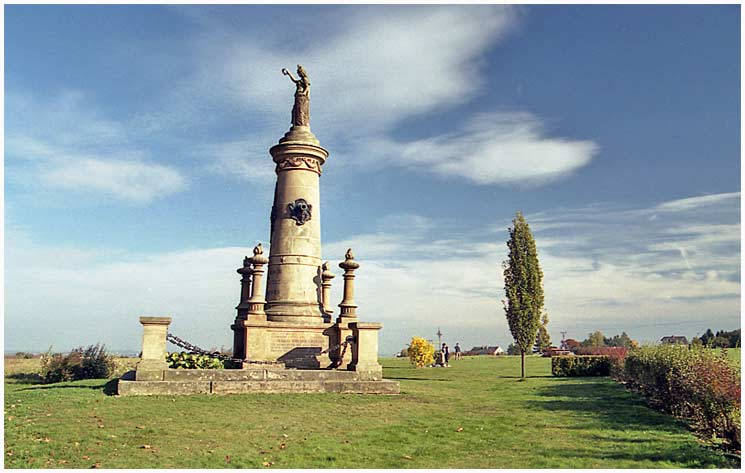
Conclusion
This battle was the beginning of something new. A new era started when the Austrians started retreating towards Vienna. The Prussian, and later German, hegemony over Europe marked the beginning of an era that could only lead to disaster. Imperialism and competition between France, Germany, Austria-Hungary, Russia and the United Kingdom could only lead to fierce fighting and what happened in 1914 is the result of many years of sleeping conflicts and diverging interests. And it all started on this day of July.
Guest Contributor: Kjetil Vion is a writer and a history enthusiast. A passionate of France and modern military history, he has a special interest into the Prussian state, specially since the Sadowa battle against Austria. Always wanting to learn more, he now looks to spread his knowledge in history.

